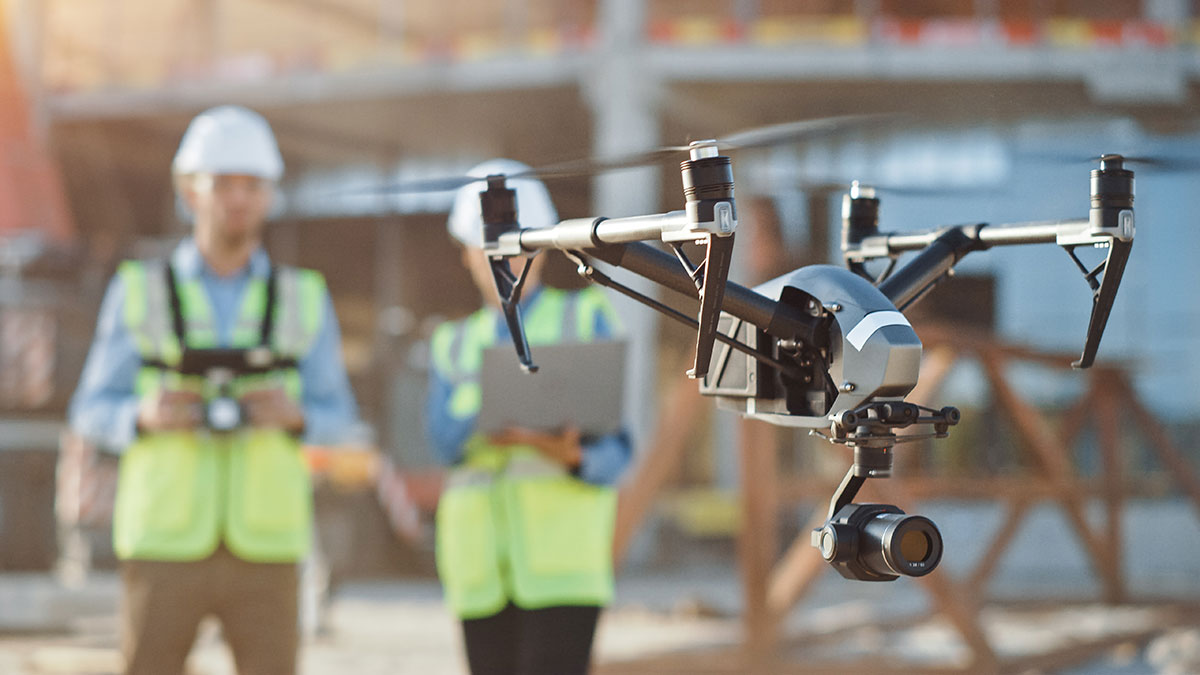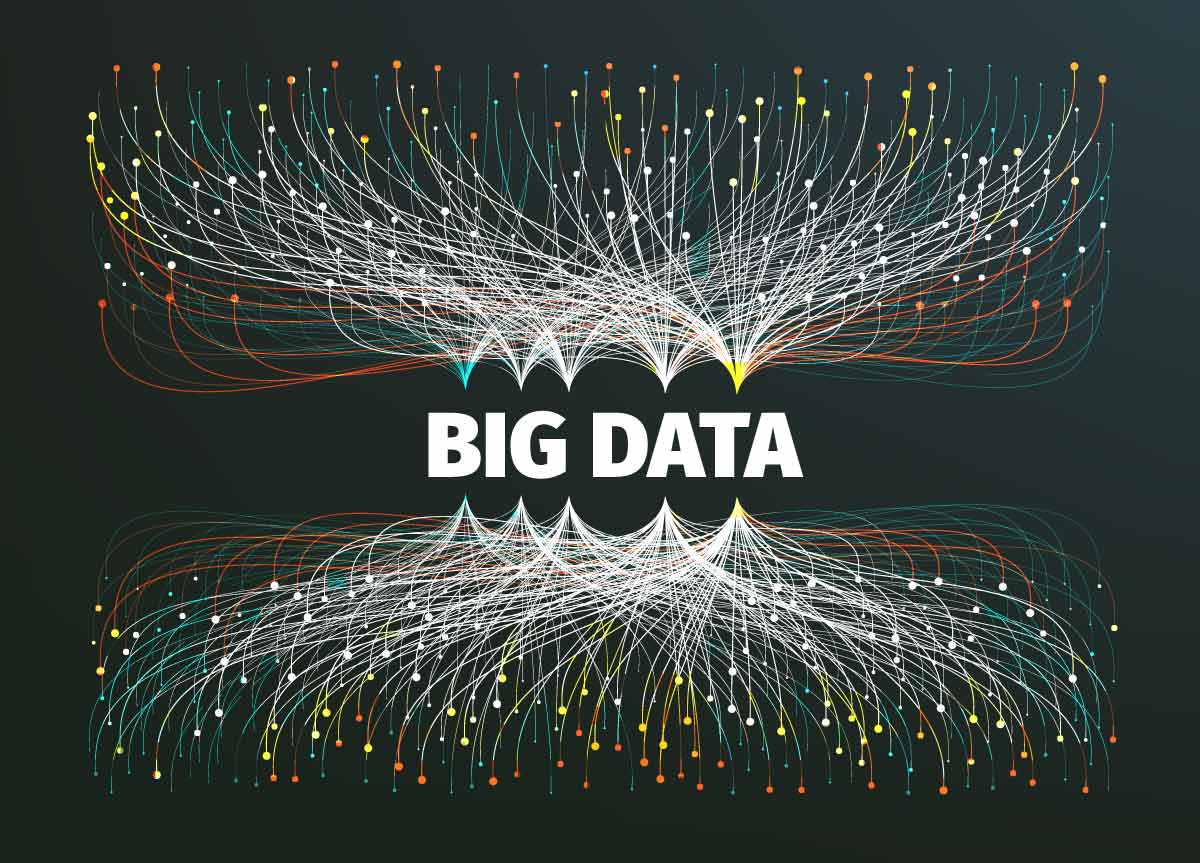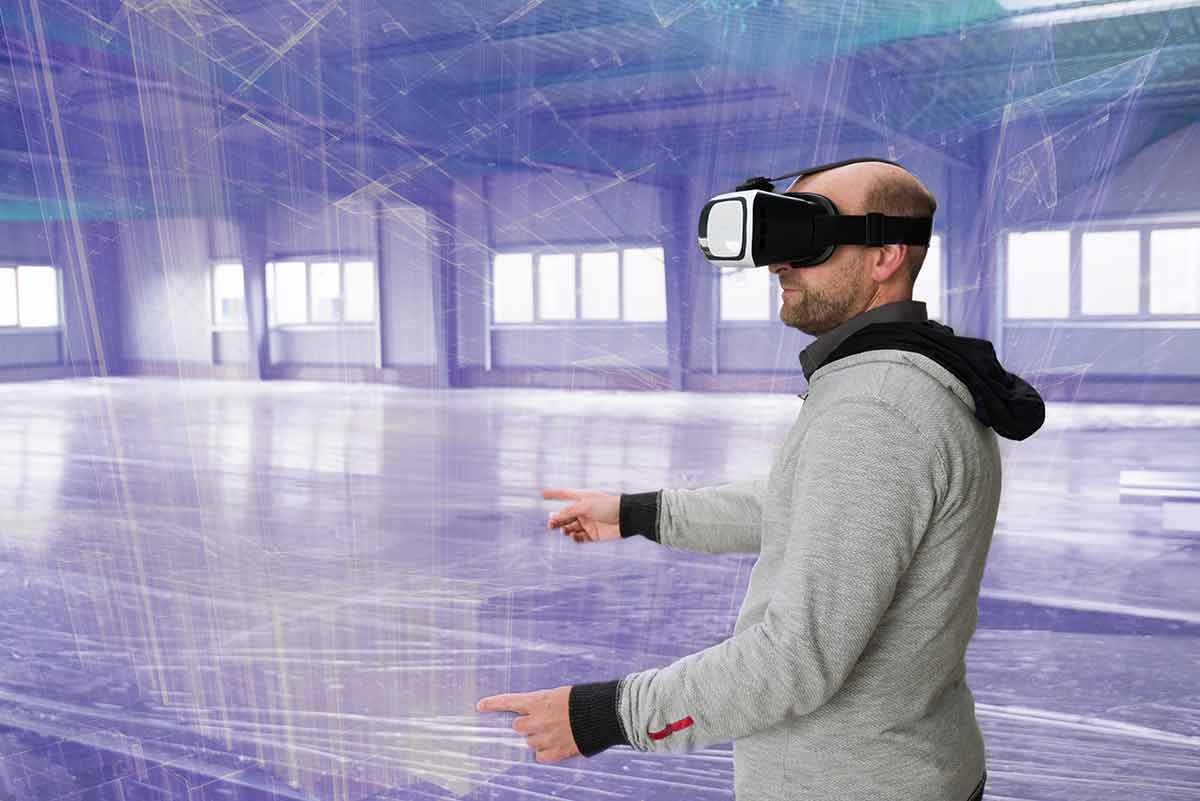

Technologies like smart machinery, big data, virtual reality, augmented reality, IoT and Blockchain are the top ones which are driving the construction industry. Adoption of these technologies is largely enabling the industry to achieve improved working conditions, more efficiency, better health, higher safety at workplace, less wastage and more.
The major types of construction technology that are largely impacting the industry are the following.

Data is the most valuable resource today. About 2.5 quintillion bytes of data is created each day currently. These large datasets help in discovering hidden trends and behavioral patterns, which help the stakeholders to make more informed business decisions.
Big data largely helps the construction industry as well. By analyzing historical big data the stakeholders can pick out patterns and probabilities of construction risks. This information can help them steer new projects towards success and avoid failures. Optimal phasing of construction activities can be done by analyzing data from weather, traffic, and community and business activities. This data when fed into building information modelling (BIM) systems also helps in scheduling maintenance activities in a better way.
Artificial Intelligence (AI) and machine learning (ML) are fast becoming important technologies for the construction industry. These technologies are allowing the industry to save time and cost in processes, leading to higher efficiency.
AI and ML helps in predictive designing, creating digital building twins and designing alternatives. AI can help in doing away with repetitive tasks leading to better productivity. Machine learning facilitates exploration of different variations of a solution. It helps in creating design alternatives. These designs take into consideration the mechanical, electrical and plumbing (MEP) systems and ensure that the routes for MEP systems do not clash with the building architecture. Thus, we have clash-free designs. AI technologies also ensure increased safety on construction jobsites. Using AI, the sites can be monitored for safety hazards.
The use of IoT in construction can largely improve the productivity and outcomes. IoT helps in making the workplaces safer. Wearable IoT devices help the employees to stay safer during work. Continuous information about the movement of employees through wrist bands or clip-on devices can be used to discover any risks and accordingly warn the staff.
Use of IoT devices can also make significant improvements in resource management in construction. Onsite, sensors can aid in monitoring things like unusual vibrations on a piece of machinery making it easily identifiable for fixing. Even increase in humidity can be detected telling the crew about damp issues and the devices can even help in preventing fires.
With construction sites becoming smarter, drones are getting used more and more onsite. Drones aid in monitoring sites and identifying danger areas. With the help of the technology, the construction manager can get a quick view of the site without being physically present at all times. The crew can also use drones to deliver materials to the site.

Moving beyond gaming and entertainment, Augmented Reality is creating waves in construction. It is helping the stakeholders to achieve excellence in all phases of a project’s lifecycle, right from project planning to communications. It is helping in winning projects, achieving better collaboration with team members and even improving safety.
Virtual tours allow client to have direct access to site progress without getting mud on their boots! A virtual walkthrough leads to more meticulous planning, such as deciding where materials should be laid, where walls should meet and where doors should be placed. Walkthroughs can also help in understanding the routing services such as HVAC ducts, water pipes and electrical conduits better. AR can help in early identification of the design issues, thereby saving time, cost and efforts.
AR can help in achieving good collaboration between the teams without the need of everyone being present on the site at the same time. Errors can be reviewed in real-time and consensus can be achieved in a better way using AR/VR.
Blockchain technology can make the processes more efficient in construction. It provides the benefits of predictive asset maintenance, smart contracts, proactive third-party oversight, faster payments, instant collaboration, better managed supply chains and more.
Blockchain technology also leads to more transparency during the construction process. This transparency leads to improvements in workflow, more collaborative working, timely decision-making, risk minimization and lesser conflicts.
Overall, 2021 is seeing increased adoption of new-age technologies in construction. These technologies are bringing in more efficiency in terms of cost and time. The outcomes are also of higher quality. Data lies at the heart of most of the technological developments and experts like us can help the industry have access to rich 3D data all the time.
Also Read: The Rising Era of Proptech